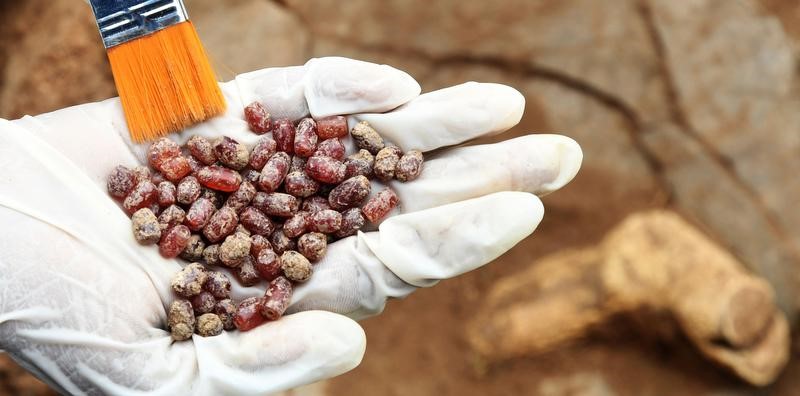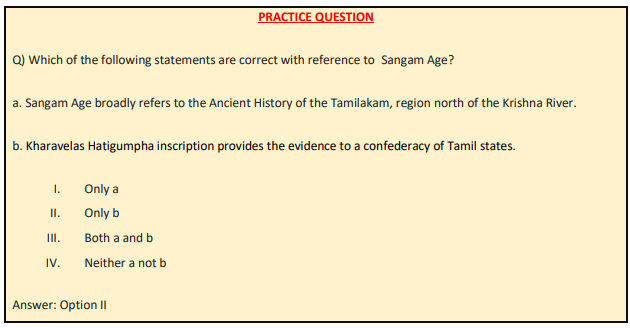Free Courses Sale ends Soon, Get It Now


Free Courses Sale ends Soon, Get It Now



Copyright infringement not intended
Context: Keeladi is a tiny hamlet in the Sivaganga district in south Tamil Nadu. It is about 12 km south-east to the temple city of Madurai and is located along the Vaigai river. The excavations here from 2015 prove that an urban civilisation existed in Tamil Nadu in the Sangam age on the banks of the Vaigai river.
Details:
Sangam Age:
How is Keeladi linked to Sangam age?
Links to Indus Valley:
Findings:

https://epaper.thehindu.com/ccidist-ws/th/th_delhi/issues/26165/OPS/GKLATLH0N.1+GCUATLS59.1.html
© 2024 iasgyan. All right reserved